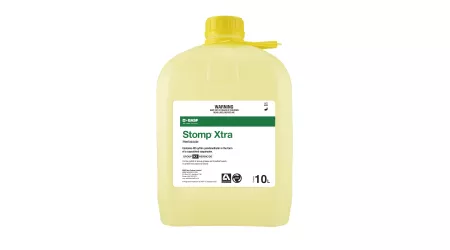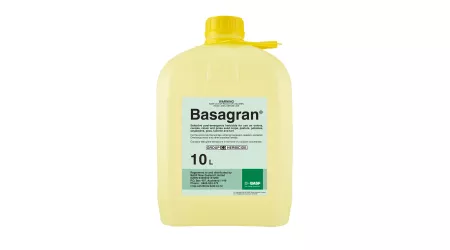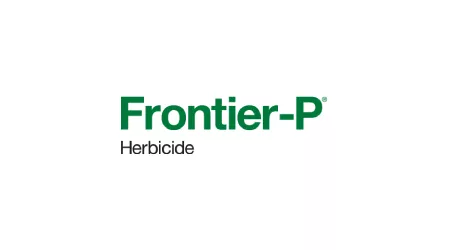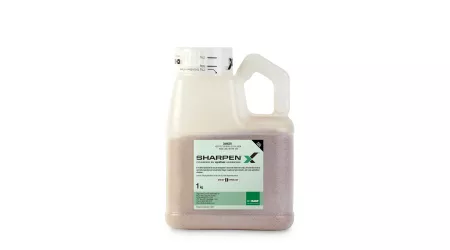The humble onion has been prized by humans for millennia, with culinary, medicinal and even ceremonial uses recorded in many cultures. But, in many ways, that success has defied the odds.
Onions are by no means easy to grow. They have a slow growth rate and are small in stature with a relatively upright canopy and shallow roots. Among other things, that makes them very susceptible to competition from weeds as uncontrolled weeds can reduce onion yields by 90 percent.
Onions’ storability and transportability has allowed them to be carried to all points of the globe. European settlers brought them to New Zealand, and they have become a very important crop for domestic consumption as well as export since the 1960s. Onions are now our most valuable export vegetable crop, averaging $146 million annually over the past two years.
With so much at stake, effective weed control is essential to maintain crop yield and quality, says BASF’s Senior Technical Services Specialist Tim Herman.
“The most effective weed management in onion crops is based on thorough planning and monitoring which starts well before the onions themselves are planted,” explains Tim.
The herbicides registered for use in onions are stronger on some weed species than others, so take note which weeds appeared in preceding crops. Rotate herbicides to include the most effective options for the weeds with the greatest potential to damage or limit growth of the onions, as well as including different Mode of Action (MoA) groups to optimise resistance management.
The first herbicide application is typically a pre-planting burndown to remove either an existing pasture or green cover crop. Options include glyphosate-based herbicides (MoA Group 9) for their broad spectrum and systemic activity, and Buster® (glufosinate, MoA Group 10) is a useful option to rotate with glyphosate, offering a different mode of action to reduce resistance pressure and control of clover, mallow and storksbill. Sharpen® (saflufenacil, MoA Group 14) can be added to the spray tank to improve glyphosate’s control of weeds such as dandelions, fathen and field pansies. Note the plant back recommendations for onions after using Sharpen – 1 week if ground cover is over 80% and 4 weeks for ground cover less than 80%.
Once the onion seed is sown, the application of pre-emergence herbicides over bare soil give residual control of any germinating weeds. Options include Stomp® Xtra (pendimethalin, MoA Group 3) which is regularly used no later than four days after sowing to control broadleaf weeds commonly found in onion blocks such as black nightshade, fathen, field pansies, fumitory and speedwell as well as annual grasses.
Tim notes: “A practical advantage of using Stomp Xtra instead of some other pendimethalin-based formulations is that the active ingredient is micro-encapsulated, which minimises its volatilisation after application and yellow-staining of the spray equipment.”
Stomp Xtra can also be applied up to twice after the young onion plants have emerged and are in the two to four true-leaf stage. This extends residual weed control, killing weeds as they germinate and emerge through the soil, but won’t control weeds that have already germinated and established.
Tim suggests another option for the two to four true-leaf stage. “Like Stomp Xtra, Frontier®-P (dimethenamid, MoA Group 15) has residual activity on annual grasses and broadleaf weeds as they germinate, but no knockdown effect on established weeds. Both Stomp Xtra and Frontier-P can be tank-mixed with other post-emergence herbicides with residual and/or knockdown activity to broaden the spectrum and growth stages of weeds controlled.”
For a different mode of action at post-emergence, Basagran® (bentazone, MoA Group 6) is a selective contact herbicide for knockdown of small broadleaf weeds with only two to four leaves once the onions have at least three true leaves.
Tim adds: “Please read all herbicide labels carefully before they are used on onion crops. If the labels are not correctly followed, the control may be less than expected and/or the onions may be damaged.
“Good weed management in onions takes a bit of planning, but there’s a big pay-off: optimal yields and premium quality that honours the ongoing legacy of this unassuming global high achiever.”
ACVM registration number: Basagran® #P002264, Buster #P003064, Frontier®-P #P007979, Sharpen #P008391, Stomp Xtra #P005921. Please read registered label before use.





